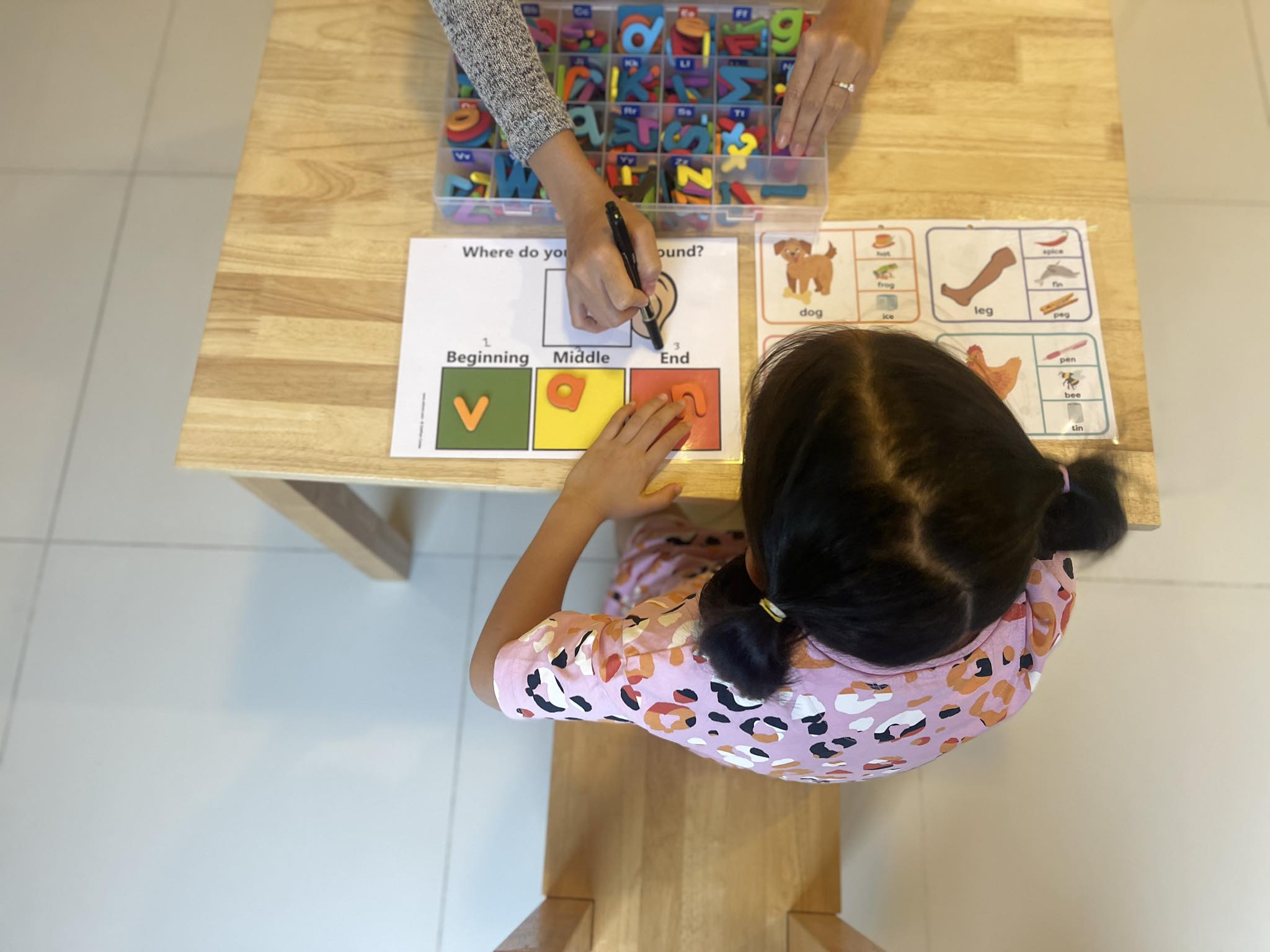Phonics, the foundational skill of decoding sounds and letters, is crucial for reading and writing development. However, for students with special needs, such as dyslexia or auditory processing difficulties, mastering phonics can present unique challenges.
This blog delves into the complexities of phonics instruction for students with special needs, exploring effective strategies and support systems that can bridge the gap and empower them to achieve reading success.
Understanding the Challenges:
- Processing Difficulties: Students with dyslexia often struggle with phonological awareness, the ability to manipulate and identify sounds in spoken language. This can make it challenging to connect sounds to letters and vice versa, hindering phonics acquisition.
- Sensory Processing: Auditory processing difficulties can impede the ability to discriminate between similar sounds, making it difficult to distinguish between letter sounds and blend them into words.
- Cognitive Skills: Some students with special needs may have limitations in working memory or attention, making it challenging to retain and apply phonics rules consistently.
Tailoring Instruction:
- Multisensory Approach: Engaging multiple senses, such as visual, auditory, and kinesthetic, can enhance learning for students with special needs. Activities like letter tracing, sound manipulation games, and movement-based phonics drills can be effective.
- Explicit Instruction: Breaking down phonics concepts into smaller, manageable steps and providing clear, explicit instruction is crucial. Visual aids, graphic organizers, and technology tools can support understanding and retention.
- Structured Practice: Consistent and structured practice is essential for solidifying phonics skills. Regular drills, games, and reading activities that target specific phonics rules can help students build confidence and fluency.
Building Support Systems:
- Collaboration: Strong collaboration between teachers, parents, and specialists is crucial. Regular communication and shared goals can ensure a consistent and supportive learning environment for the student.
- Assistive Technology: Utilizing assistive technology tools, like text-to-speech software or audiobooks, can provide additional support for students who struggle with decoding or fluency.
- Positive Reinforcement: Recognizing and celebrating the student’s progress, no matter how small, can boost motivation and build confidence. Fostering a positive and encouraging learning environment is essential for success.
By understanding the unique challenges faced by students with special needs and implementing tailored instruction, combined with effective support systems, we can empower them to overcome phonics hurdles and achieve their full reading potential. Remember, with the right approach and dedication, every student can unlock the joy of reading and writing.





Leave A Comment